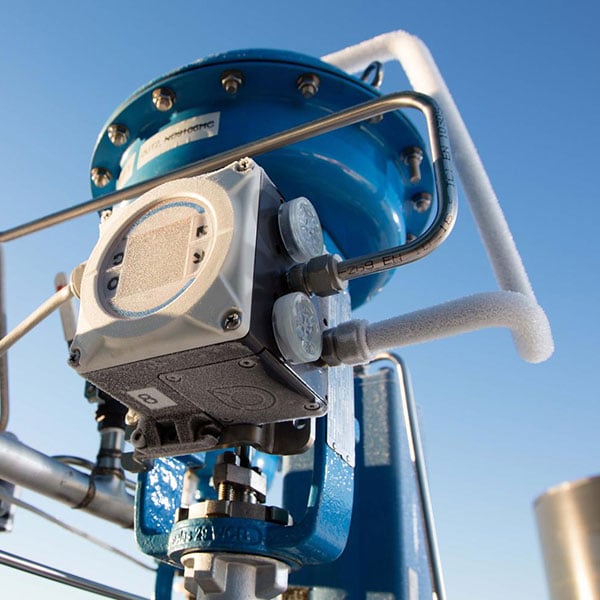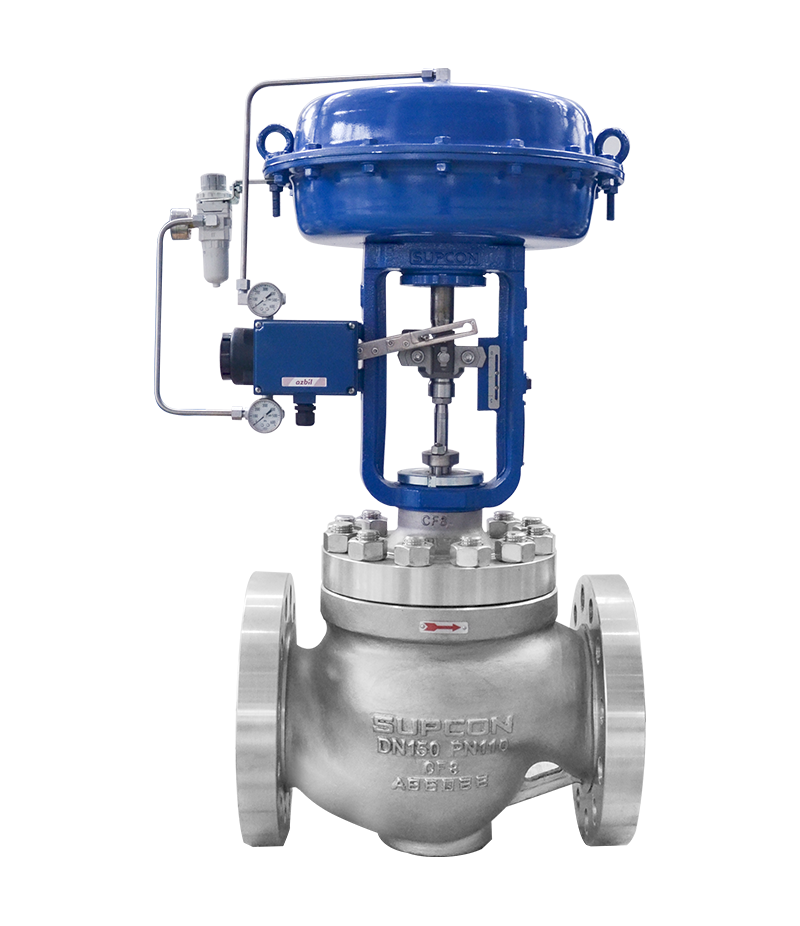Achieve Seamless Assimilation and Control With Top Quality Structure Automation Controls
In the realm of modern building administration, the importance of high quality structure automation controls can not be overemphasized. Accepting top quality building automation controls is not just an issue of convenience but a calculated necessary for organizations intending to maximize their centers' performance and sustainability.

Advancement of Building Automation Controls
Throughout the past couple of years, the evolution of building automation controls has considerably changed the way structures are managed and run. Constructing automation systems primarily concentrated on standard features such as managing air, home heating, and ventilation conditioning (HEATING AND COOLING) systems. However, as technology advanced, these controls have ended up being more sophisticated, enabling a bigger series of building systems to be integrated and managed centrally.
The evolution of constructing automation controls has seen a shift towards more intelligent systems that can adjust to changing conditions in real-time. This flexibility is essential for enhancing energy efficiency and making certain passenger comfort. In addition, contemporary structure automation controls now provide features such as anticipating maintenance, remote monitoring, and data analytics, enabling center supervisors to make data-driven decisions to improve building performance.

Advantages of Quality Assimilation
The innovation in structure automation manages towards more smart systems has highlighted the considerable benefits of quality assimilation in optimizing structure operations and improving general performance. This central control likewise offers better visibility and understandings right into structure performance, enabling positive upkeep and optimization methods. In general, the benefits of high quality assimilation in building automation controls are undeniable, supplying enhanced efficiency, convenience, and operational effectiveness.
Improved User Experience and Accessibility
Enhancing user communication with structure automation manages through instinctive style and improved availability raises the general experience for residents and center supervisors alike. By concentrating on individual experience, building automation systems can come to be much more reliable and easy to use. Instinctive user interfaces, clear navigating, and customizable settings equip individuals to communicate with the controls conveniently and efficiently.
Access features play an important role in guaranteeing that all individuals, consisting of those with impairments, can use the structure automation controls with ease. Including attributes such as voice commands, responsive buttons, and color-contrasted displays can boost ease of access and make the controls a lot more comprehensive.
Additionally, enhanced individual experience causes greater individual contentment, enhanced efficiency, and much better decision-making. Passengers can change ecological settings according to their preferences, while center managers can effectively handle and check structure systems - control valves. In general, prioritizing user experience click site and availability in structure automation regulates adds to a much more seamless and effective structure atmosphere for all stakeholders involved
Lasting Practices Via Automation

Moreover, automation can promote the assimilation of eco-friendly energy resources such as solar panels or wind turbines right into structure procedures. By immediately changing energy use based upon the accessibility of renewable resource, buildings can further minimize their reliance on non-renewable sources. This smooth integration of sustainable practices not only profits the atmosphere but also enhances the total operational efficiency and cost-effectiveness of the structure. With automation, structures can line up with modern sustainability goals and add to a greener future.
Future Trends in Building Control Solution
In expectancy of progressing technologies and progressing sustainability methods, the trajectory of structure control systems is poised to welcome ingenious solutions and transformative methods. One famous trend shaping the future of building control systems is the increased assimilation of Expert system (AI) and equipment understanding. These modern technologies make it possible for structures to adapt in real-time to altering problems, maximizing power intake and boosting comfort for residents. This Site In addition, the Net of Points (IoT) is changing building control systems by linking tools and sensing units to enhance procedures and improve performance.
An additional key pattern is the focus on cybersecurity actions to shield versus potential dangers to building automation systems. As buildings come to be extra interconnected, ensuring robust cybersecurity procedures will certainly be vital to safeguard sensitive data and stop unapproved accessibility.
Moreover, the change towards cloud-based systems is acquiring energy, allowing for streamlined control and remote access to building systems. This promotes less complicated monitoring, upkeep, and updates, improving the overall efficiency and versatility of structure control systems. As modern technology proceeds to advancement, these fads are anticipated to shape the future landscape of building automation controls, driving technology and sustainability in the built atmosphere.
Conclusion
Future patterns in building control systems are most likely to focus on more boosting automation abilities for enhanced energy performance and general performance. It is crucial for building proprietors and operators to focus on the adoption of quality building automation regulates to enhance structure operations and accomplish lasting sustainability goals.
In the realm of modern-day building management, his comment is here the importance of quality structure automation controls can not be overemphasized. Overall, the evolution of building automation manages continues to drive development in the building monitoring sector, providing new possibilities for producing smarter and much more lasting buildings.
The development in structure automation manages towards even more intelligent systems has actually underscored the significant advantages of high quality integration in maximizing structure procedures and boosting total effectiveness. Overall, focusing on customer experience and access in structure automation controls adds to a much more seamless and productive building setting for all stakeholders entailed.
It is necessary for structure proprietors and operators to focus on the fostering of top quality structure automation manages to enhance structure operations and attain long-term sustainability objectives. - control valves